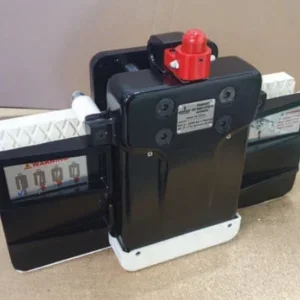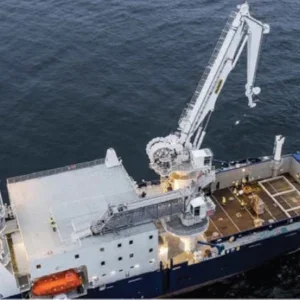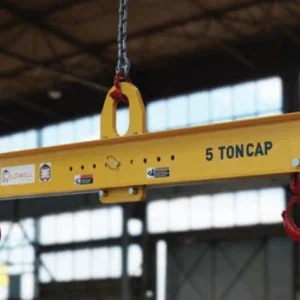This is a new initiative for Street but it believes the market has growth potential; it is currently working with North Queensland Cranes, supplying hoists for new cranes for a number of draglines operated by Billiton Mitsubishi Alliance (BMA).

A typical dragline will have a boom of 50m to 90m, can hoist a bucket of up to 90t and will typically move 55 cubic metres of rock in a single operation.
Individual machines can weigh up to 13,000t. They are too heavy to be supported on caterpillar tracks, so they use a system of movable pontoons to ‘walk’. No fuel driven engine can meet their power needs so they are driven by electric motors via cables directly from Australia’s national power grid.

With such a huge capital investment, and the unremitting worldwide demand for coal, these machines operate round the clock. Costly downtime must be avoided, despite the punishing work load.
Moving machines off site for servicing is completely impractical, so timely on-site maintenance is essential. Ben Dennis, the senior dragline improvement engineer with BMA Goonyella Riverside, said: “The cranes on BMA draglines play a major role in maintenance and breakdown services. They perform a whole variety of tasks and without this critical equipment, 24/7 operation of the draglines would be impossible.”

To meet servicing requirements, NQC have installed cranes inside the machines. Gantry rails were installed in the draglines as they were built. These rails project beyond the dragline perimeter to allow components to be lifted into the dragline from a truck outside.
NQC fabricated the crane beams and undertook all the associated mechanical and electrical work. Two draglines have been fitted with cranes incorporating Street Crane’s ZX hoists, with safe working loads of 30t and 25t. Each crane also has an auxiliary hoist of 10t to give greater flexibility and for the rotation of key components during final positioning.

During building, the original manufacturer will fit the crane rails to what is effectively the engine room of the dragline. NQC has fabricated the bridges and carriages and undertaken all associated electro mechanical work including the supply of the Street hoists.
The cranes give access to the whole of the working area; this contains the motors that lift and lower the beam and that power bucket hauling and tilt. There are also motors that rotate the machine and power the pontoons to enable the dragline to walk.

Using the cranes, engineers can pre-position components while the crane is still working so that swap-out is rapidly achieved during the servicing pause and draglines can swiftly return to work.
The ZX hoist is particularly suited to this environment, Street said. In addition to its robust design, the twin scrolling open-barrel layout ensures a vertical lift and placement so that components are not damaged by lateral pulling and can be located precisely. The open design of the hoist means all components are easily accessible for servicing and also promotes air circulation to prevent overheating in this severe climate.






